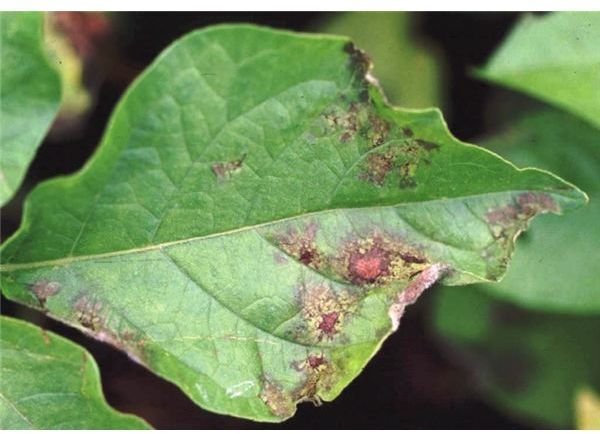How Genome Mapping Get Rid of Potato Bugs. Could Potato Bugs Be Having their Chips?
World’s Most Popular Vegetable
The potato is a tuberous vegetable that is closely related to the tomato fruit. It is grown on every continent apart from Antarctica and is a major food staple, with China being the largest consumer. But it’s not just a favourite of humans as there are a range of potato bugs that attack the crop above and below ground. However, with the publication of the potato genome and the genome of the late blight pathogen their spud munching days could be numbered.
Potato Genome
Since 2006 a global team of scientists from 16 institutions has been working on mapping the potato genome. The draft sequence was published in September 2009. The Potato Genome Sequencing Consortium discovered that the potato has 12 chromosomes with 840 million base pairs. It covers 95% of all potato genes and is about one quarter the size of the human genome. The goal of this consortium is to have mapped out the complete potato DNA sequence by the end of 2010.
Research Benefits
By combining traditional breeding methods and genetics, farmers will be able cultivate potato crops that are higher quality, more nutritious, and disease resistant. Genetic markers for the most desirable traits will help to make breeding more precise as well as speeding up the breeding process. According to the Scottish Crop Research Institute it takes 10-12 years to breed a new variety of potato.
How to Get Rid of Potato Bugs
Potatoes are subject to attack from a number of pathogens including the Colorado Potato Beetle, mites, the potato tuber moth, and the potato root nematode. The most notorious potato bug is Phytophthora infestans, also known as late blight. It was the cause of the potato blight famine in Ireland in the 1840s which led to an estimated 1 million people dying of starvation. The potato bug is still a problem for farmers in Europe and the United States.
What makes the pathogen such a tricky customer is its powerful ability to adapt and change, enabling it to evade and survive the control systems that have been designed over the years.
By lying the potato bug’s genome bare scientists discovered that most of it consisted of repetitive sequences which were once dismissed as junk DNA. Yet it’s these genes which enable the pathogen to gain a foothold and takeover potato physiology. There is a massive gene turnover here, with DNA regions changing rapidly over time, which is probably what allows the pathogen to resist pesticide attack.
However, an understanding of the molecular basis of its destructive power should help scientists to develop better ways of spotting outbreaks and responding to them with more powerful and smarter pesticides.
